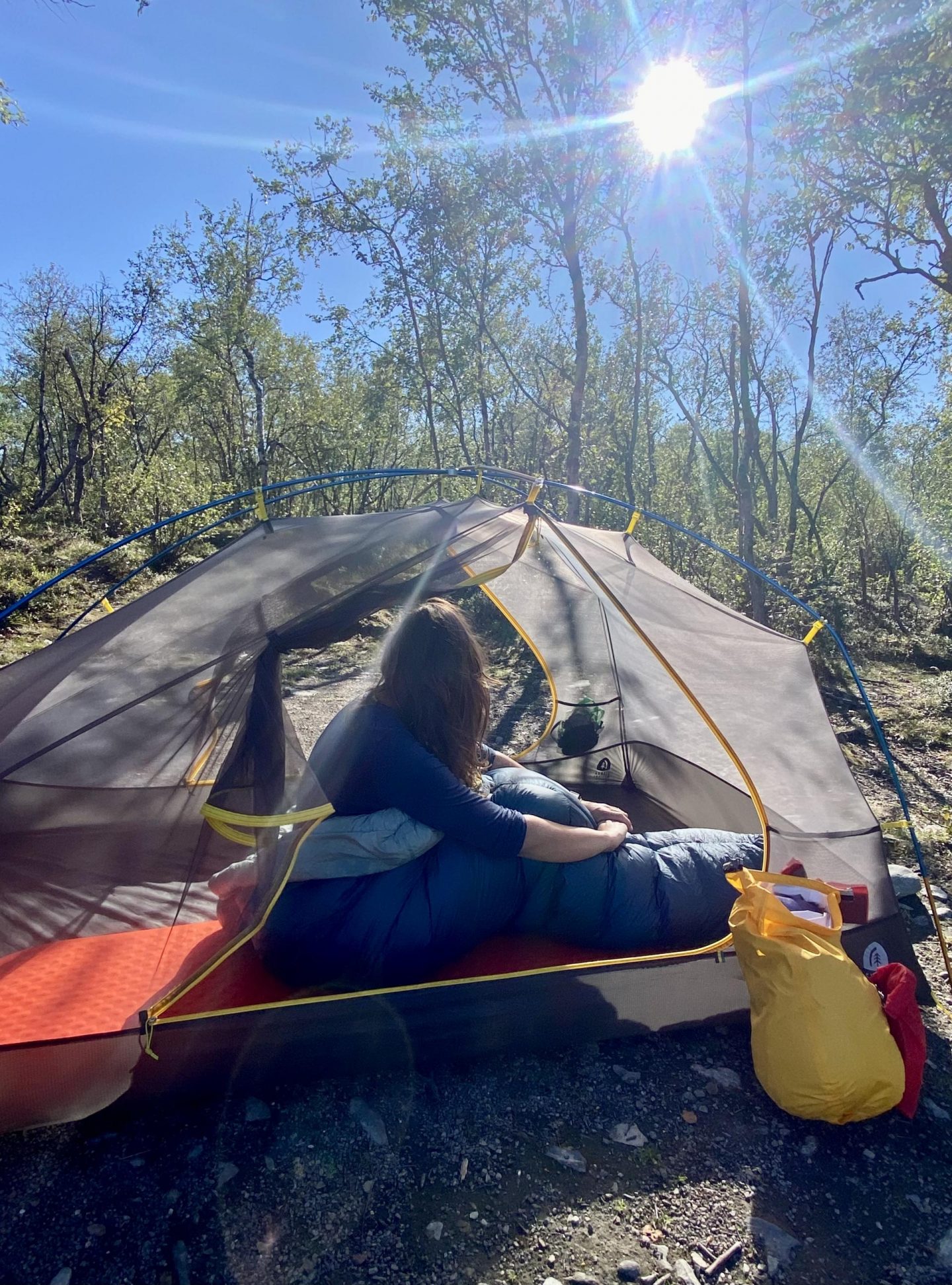//Paid partnership with Therm-a-Rest//
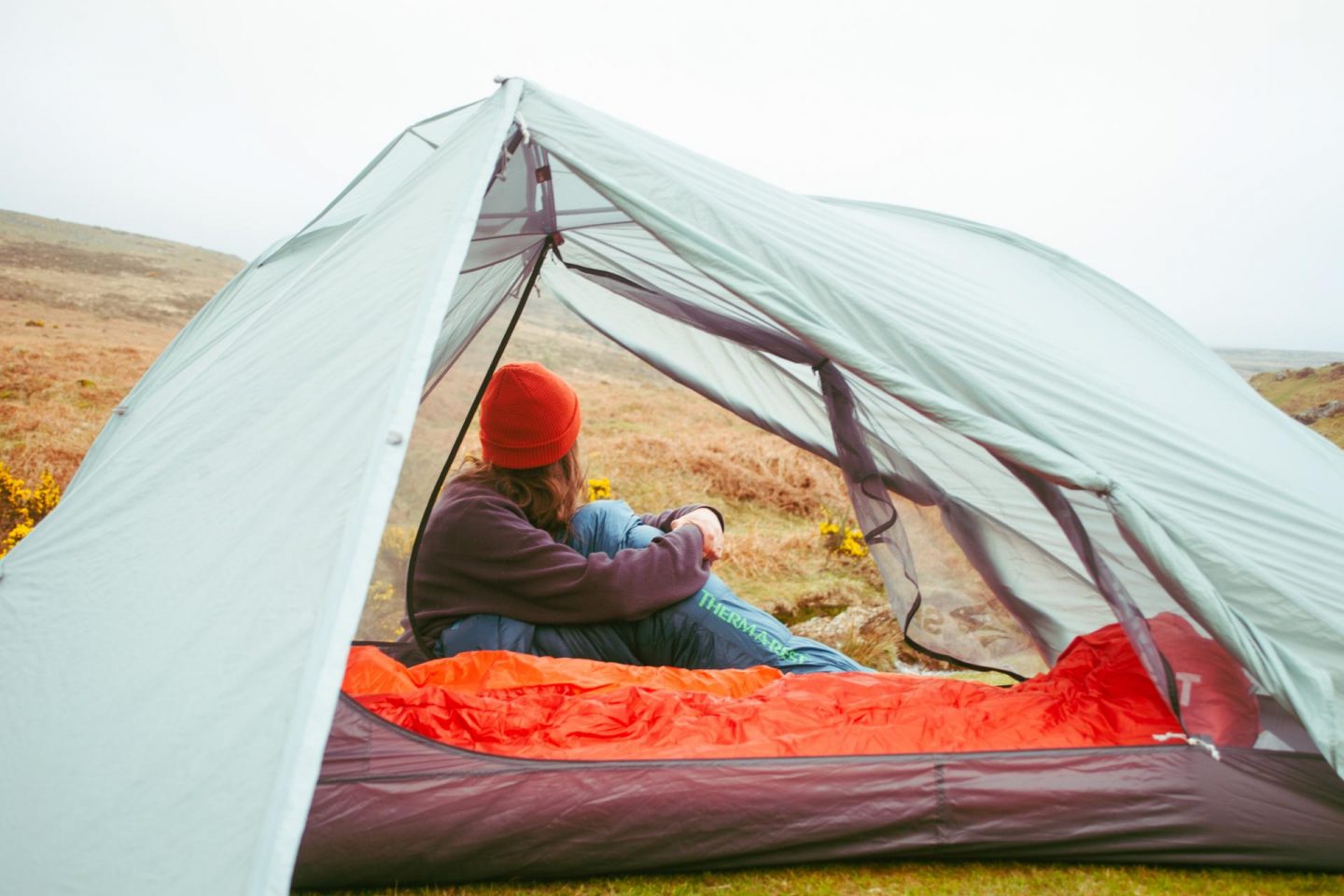
Meet my Therm-a-Rest sleeping system
Camping is one of my all-time favourite reasons to get out in the wild in any season, and while it’s refreshingly simple in some ways, sleeping under the stars does require a few bits of decent kit to keep you warm and comfortable. The sleeping bag and camping mat you pick really are the key to getting a good night’s sleep outdoors, and I reckon I’ve really cracked it with my current camping sleep system, using a warm but lightweight Therm-a-Rest sleeping bag and a super-cosy Therm-a-Rest camping mat.
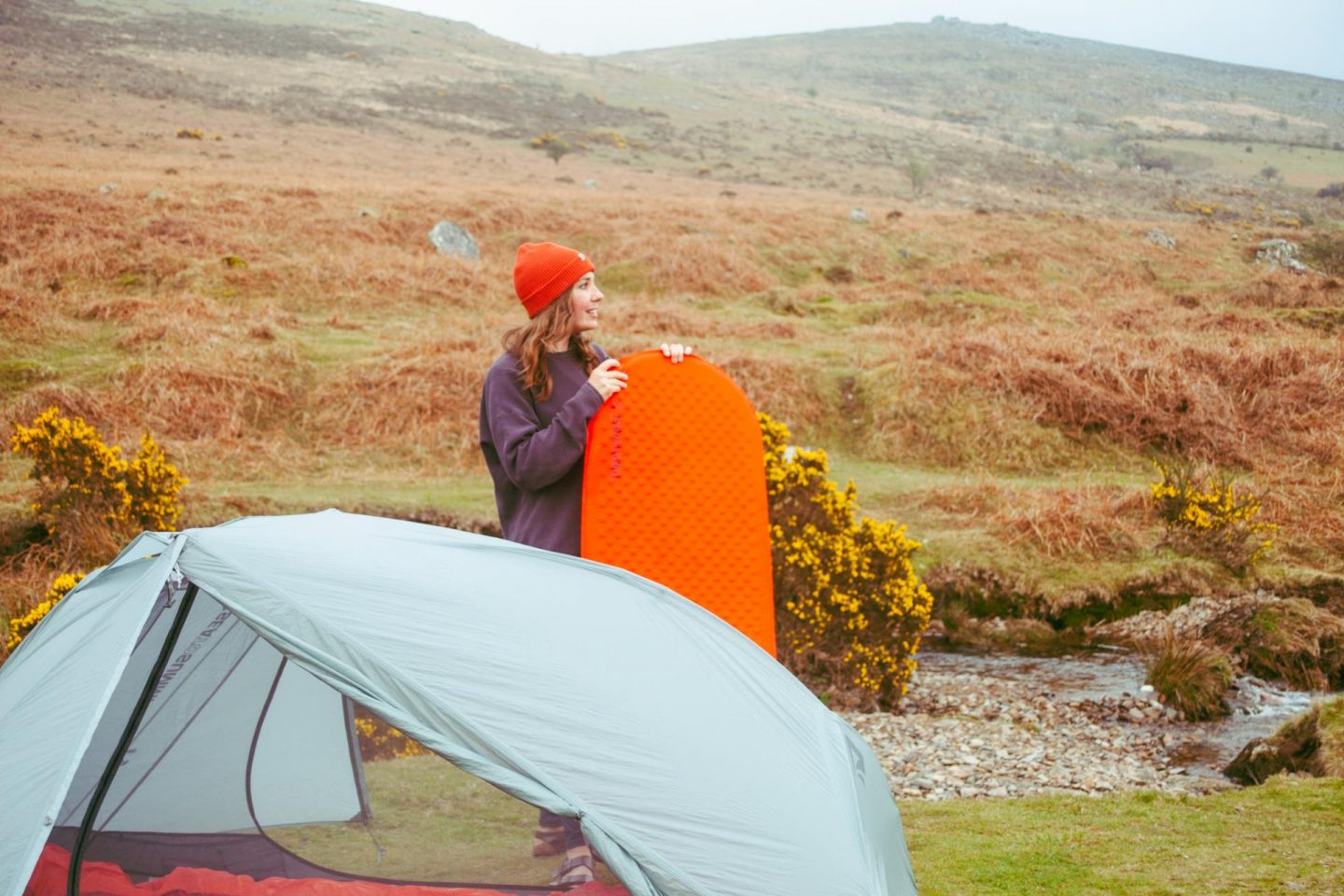
Not sure where to start? Here are some tips on how to buy the right camping sleep system for you.
How to buy the right sleeping bag: A sleeping bag’s main job, of course, is to keep you warm. Temperature ratings for sleeping bags are usually split into up to three categories – you’ll see ‘comfort’, ‘limit’ and ‘extreme’ temperature ratings on most designs. ‘Comfort’ is the optimum temperature at which you’ll feel warm – meaning that if the bag is used in temperatures below that rating, you’ll probably get cold. In general, it’s easiest to look for a bag with a comfort rating lower than you expect to encounter on your coldest camps. Animal down is the best sleeping bag filling for warmth-to-weight ratio, and sleeping bags made from down also tend to pack up small. While synthetically-insulated sleeping bags are usually heavier and bulkier, they are generally better at keeping you warmer when it’s wet or humid, as well as drying out quicker. They’re also easier to clean, and generally cheaper. Increasingly, brands are fitting bags to different bodies. You’ll find ‘tall’ and ‘short’ sizes on sale, and many companies now offer female-specific versions of their sleeping bags.
How to pick the perfect camping mat: A sleeping pad is more important for happy camping than you think – it adds half the warmth of your sleep system, so even if you own a great sleeping bag, you’ll need to match it with a great mat or you’ll get chilly. The warmth a camping mat can offer is usually measured by its R value, which tells you how well it’ll keep you cosy by insulating you from the cold ground. The higher the R value, the warmer your new mat will be, and the more seasons you’ll be able to use it in. I recommend choosing a mat with an R-rating of 2-4 for three-season use, and over 4 for winter adventures.
You’ll find inflating mats, foam mats and hybrids of the two on offer. Foam tends to be warmer and more comfortable to sleep on, but bulky. Inflatable air mats are lightweight and packable, and also raise you higher off the ground. Inflatable mats risk being punctured, but repair kits are often included. Different lengths and widths are available, and you’ll also see female-specific mats on the market, which may suit petite campers better than unisex models.
Meet my favourite camping sleep kit from Therm-a-Rest
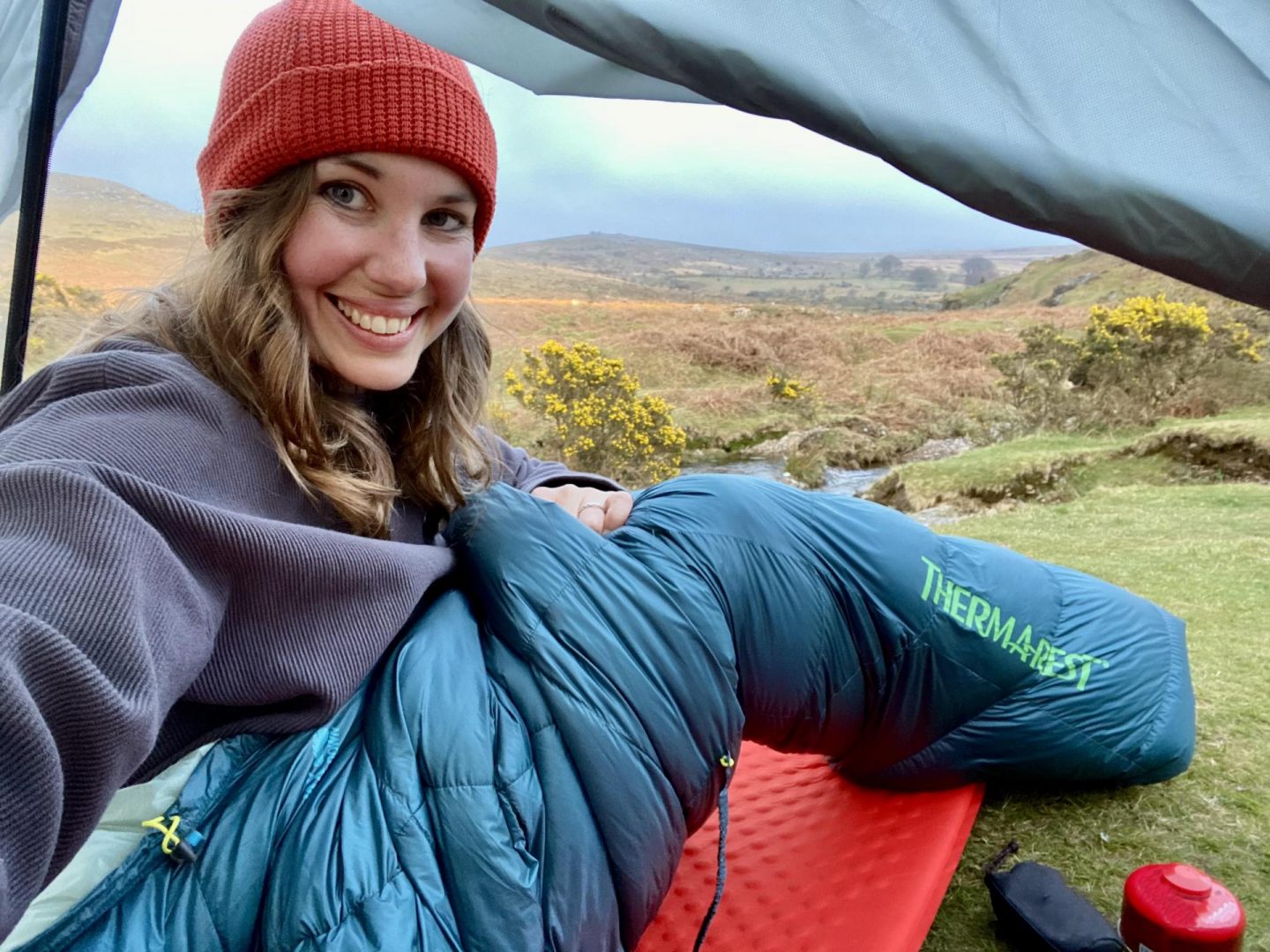
Sleeping bag: Therm-a-Rest Hyperion -6c sleeping bag
The Hyperion is, in my humble opinion, worth every penny – this is a great go-anywhere sleeping bag. At 577g, the Hyperion is impressively small and easy to pack. Unfurl it from its dinky compression pack and you’ve got a delightfully soft and cosy bag, stuffed with animal down that’s been treated with Nikwax, so it’s water-repellent. The ergonomic shape of the Hyperion traps in heat brilliantly, and I’ve found after a year of use that it kept me warm down to temperatures of -2C, and everywhere from the Alps to the Arctic.
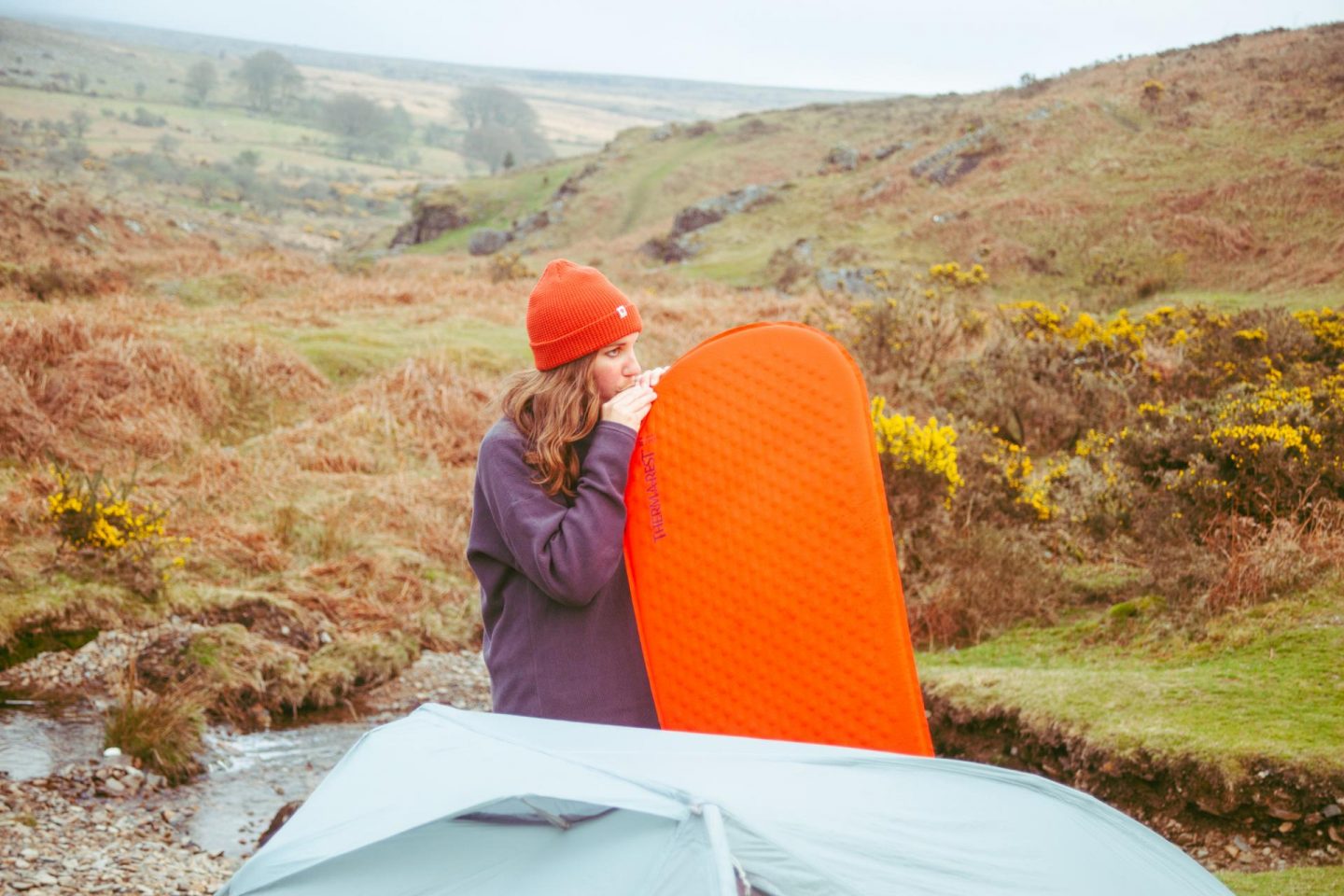
Self-Inflating Camping Mat: Therm-a-Rest ProLite Camping Mat: This is the mat I took with me to both the Himalayas and the Arctic. The reason I love the self-inflating ProLite for multi-day camping adventures is that it’s got the perfect balance of foam and inflated mats, and only takes a few puffs to inflate. It’s also a lot hardier than totally inflating mats, so I can sit on it outside. The 2.4 R-value makes it ideal for three-season adventures from spring through to autumn.
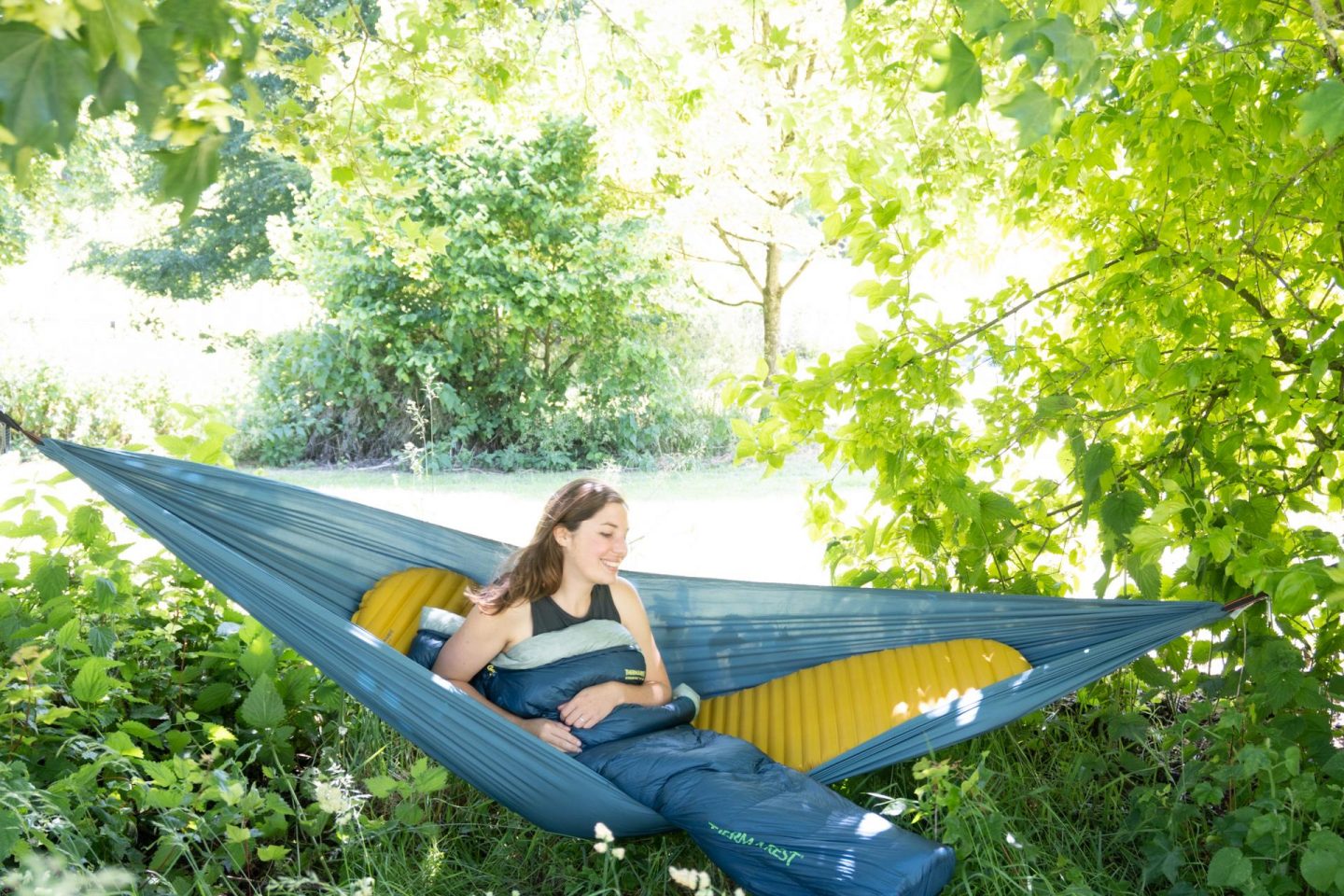
Inflatable Camping Mat: Therm-a-rest Neo Air XLite Camping Mat: My other favourite camping mat is the light-as-a-feather Neo Air XLite. This mat boasts the holy trinity of year-round warmth, a light weight and great comfort. Weighing just 340g, the ultralight Neo Air packs down easily into a small stuff sack that fits in the water bottle pocket of a rucksack, so it’s perfect if you’re packing light. The Neo Air is quick to fully inflate, and the ridged surface of the mat is super comfortable, holding you high off the ground to keep you warm even in winter (the R-rating is 4.2). I’ve slept on this mat in the snow, and been cosy as anything.
Pillow: Therm-a-Rest Air Head: Once you get a camping pillow, you’ll never go back to the days of sleeping with your head on a pile of clothes. The Air Head is the perfect all-rounder of an inflatable pillow – light and compact, with a soft surface and made from partially recycled materials. This design packs down small enough to fit in a pocket, so there’s no reason not to add it to your backpack for better zzzzzzzs.
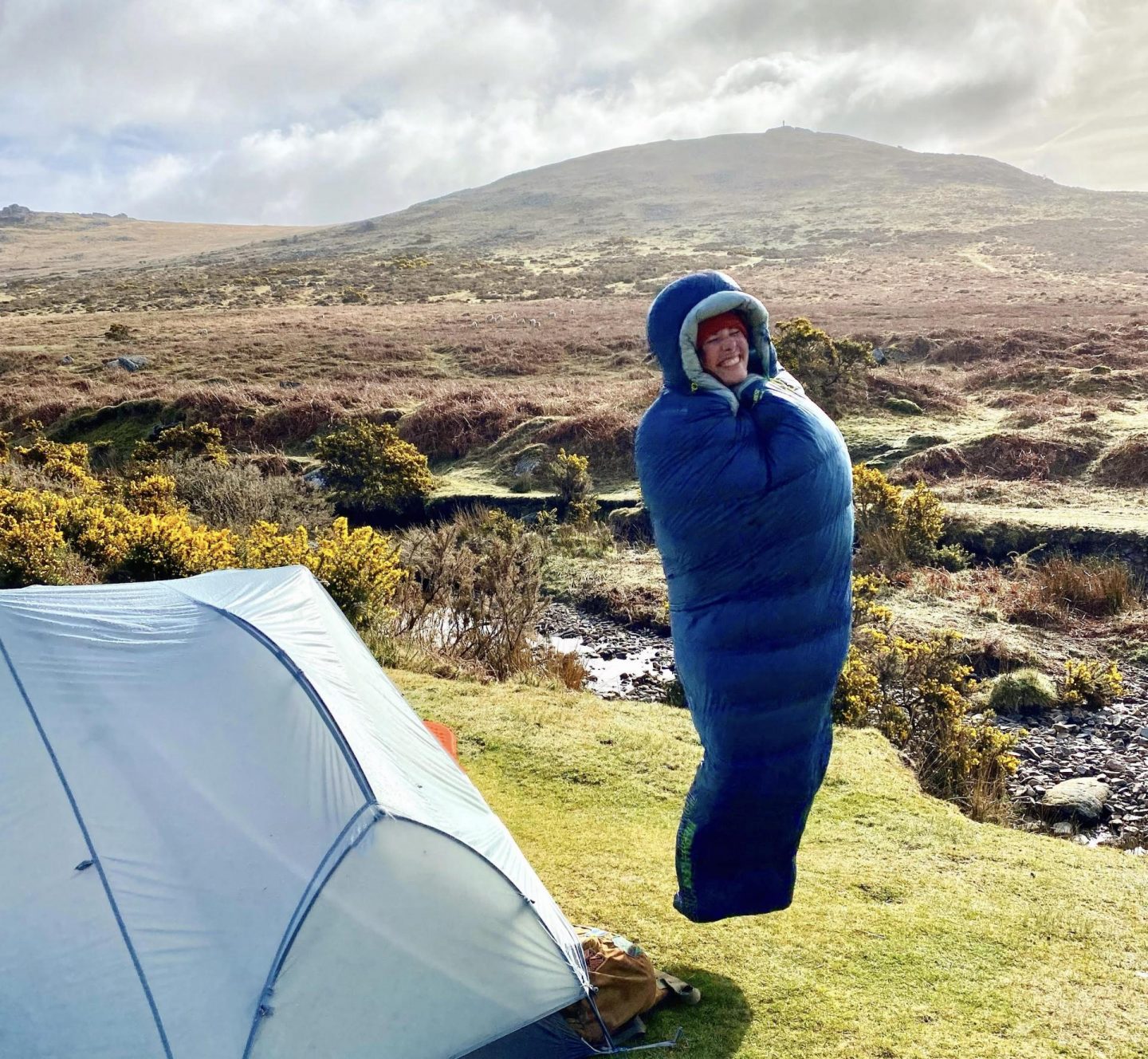
Nine quick tips for a better night’s sleep at camp
Have a backup for inflatable mats: I find inflatable camping mats the comfiest to kip on, but they can end up with punctures after lots of heavy use, or when you’re camping on rocky ground. Carry a repair kit for quick fixes, or double up on pads and bring along a foam mat to sleep underneath to protect your inflatable mat, and that will also work alone at a pinch.
Earplugs are your best friend if you’re a light sleeper like me.
Pack duct tape: Delicate sleeping bags can rip and leak down or synthetic filling fast. Duct tape is a good fix until you can repair the tear properly.
Wear good thermals: Don’t overload on layers or add jackets inside your sleeping bag – instead pick good-quality long-sleeved thermals and long-johns (I rate Merino wool, which wicks away sweat nicely and is soft against the skin).
Put tomorrow’s clothes at the bottom of your sleeping bag, so they’re warm in the morning.
Get warm before you get into your bag: I was taught this the first time I tried bivvy-ing out in the snow. Before you head to bed in your tent, spend a minute or two getting your body temperature up (star jumps and running on the spot work well) and then get straight into your sleeping bag and zip it up so it can trap in your body heat. You’ll be far cosier when you’re nodding off to sleep.
Make a hot water bottle: Ready for the ultimate cold-weather camping treat? Boil your stove and fill your water bottle (Nalgenes work well for this) with warm water, then tuck it into your sleeping bag next to your body or down by your feet – it really helps me to drift off on chilly nights.
Woolly socks make everything better.
Don’t forget proper coffee for the morning – a hot cup of joe is my camping luxury.
